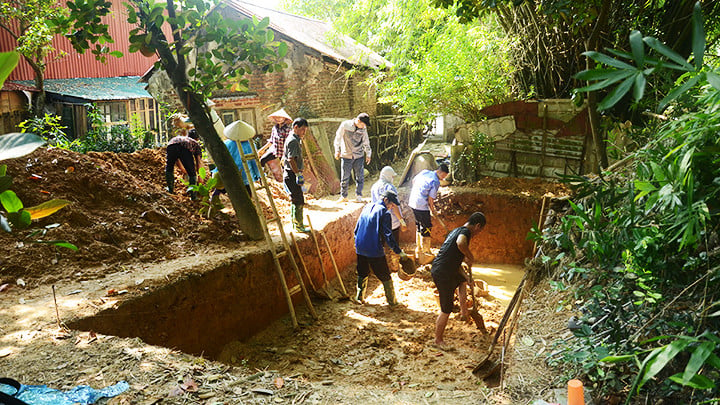
Alarming statistics
In the war memoir “Renaming American pilots into US military personnel” (National Political Publishing House Truth) by veteran journalist Pham Thanh, he brought back articles he had written and published during the fierce war. Among them, the article “At the foot of Co Loa citadel” tells how local people cherished and preserved Co Loa citadel (Dong Anh, Hanoi). At that time, the people of Co Loa commune avoided doing things that caused the citadel to collapse. Mr. Nguyen Van Tung, Secretary of the Party Committee of Co Loa commune at that time, said that even though the people of Co Loa were not yet full and lacked food, no one dared to plant cassava on the citadel for fear of the citadel being eroded. Or one year, a military unit wanted to build a battlefield near the foot of the citadel, but the Prime Minister ordered that unit to move elsewhere.
That is a vivid example of the preservation of Co Loa citadel. Today, the Outer and Middle citadel areas continue to suffer serious encroachment. According to a visual survey by Thoi Nay reporters, many places no longer have the appearance of a citadel wall but are just like a low mound of earth, and some places have even been completely leveled. In 2022, the Co Loa Relic Management Board and the Co Loa Commune People's Committee coordinated in management and propaganda, and at the same time inspected violations of the Co Loa citadel relic. The inspections were conducted three times a month on weekends. Thereby, the inspection teams discovered up to 24 cases of construction within the conservation and protection area of the relic. Specifically, 11 cases of violations on the citadel surface, 5 cases at the foot of the citadel, 3 cases in the moat, and 5 cases of violations within the relic protection area. The main violations are house construction, waste dumping, and erection of concrete pillars, NB40 mesh fences or corrugated iron fences on the Central and Foreign Citadels. The violations are mainly concentrated in villages such as Vang, Cho, Chua, Mit, Nhoi Duoi, Huong and Ga village, and the Ca lagoon area...
Only by understanding the great historical and cultural value of Co Loa Citadel can one truly appreciate and feel even more sorry for the above losses to the heritage. As one of the dedicated researchers of this relic, Dr. Trinh Hoang Hiep, an expert at the Vietnam Institute of Archaeology, shared: “After many years of research by domestic and foreign archaeologists, it can be affirmed that Co Loa Citadel is the earliest and largest earthen citadel in Vietnam and Southeast Asia, built by An Duong Vuong in the 3rd-2nd century BC”. The most valuable of the relic site is the cultural relic of the oldest capital in Southeast Asia, with a tradition of thoroughly exploiting the natural conditions available in the area to build ramparts and dig moats. Co Loa Citadel demonstrates the unique creativity of the ancient Vietnamese people in defending the country and fighting foreign invaders.
Keep it right, promote long-term benefits
As a heritage site located in a residential area, many areas close to the citadel wall had land use right certificates issued to households before the 2001 Heritage Law took effect. “After more than ten years of living in Co Loa, I think we must understand and cannot blame the people, because they also need and have the right to use land for living and making a living. Therefore, the problem of preserving Co Loa citadel is always very difficult. I think that at present, we can choose the most typical area of Co Loa relic, the only typical and characteristic place of Co Loa citadel with all the elements such as: three walls, moats, fire mounds, Ngoc well, King An Duong Vuong temple... to plan, preserve, restore and research”, Dr. Hiep analyzed.
In addition, continued excavation is also very important because Co Loa still has many layers of historical value that have not been explained and need to be studied more deeply about the period of King An Duong Vuong, the vestiges of Dong Son culture and later the Le Trung Hung period. For example, it is necessary to excavate the moat, the rampart southwest of the Outer Citadel, the rampart southwest of the Middle Citadel, the rampart and the fire mound southwest of the Inner Citadel. In particular, it is impossible not to mention the "ambiguous" archaeological evidence related to the period when Ngo Quyen proclaimed himself King and established the capital in Co Loa from 939 to 944. Except for a few pieces of pottery excavated at the Ma Tre site, the cultural remains of this period still need to be studied further, so it should go hand in hand with the project to build a temple to Ngo Quyen.
Preserving heritage properly is difficult, promoting the value of Co Loa citadel is many times more difficult. Currently, the conservation and promotion of heritage is mainly concentrated in the Inner Citadel area. However, it can be seen that the number of tourists visiting Co Loa citadel is not much and the ability to retain tourists is also very limited. Specifically, the time of tourists visiting Co Loa citadel is mainly during the day, even only a few hours because the sightseeing content is not really attractive, mainly revolving around the Ngoc well area, An Duong Vuong temple and the Inner Citadel area. The business services in the relic are also not enough to retain them as they are only souvenir stalls, food and beverage stalls, etc. Therefore, although very close to the city center, the number of visitors to Co Loa is only a small fraction compared to more distant locations. “The groups of visitors are mainly from some state units, the army or students, there are rarely domestic and foreign tourist groups. That is a big waste for a special heritage with rich cultural and historical values like Co Loa citadel,” said Mr. Bui Manh Tuan, 45 years old, a local resident.
Therefore, many archaeologists have proposed a project to build a heritage park and a temple to worship Ngo Quyen. If the construction of the Ngo Quyen temple has important spiritual significance for the people, then the heritage park is the most effective solution to promote the value of Co Loa citadel, helping people benefit from the heritage. Accordingly, important excavation areas will be covered with roofs, with additional information introducing historical values. Visitors to Co Loa citadel should be able to visit all three citadels by tram instead of walking as is currently the case.
In addition to state capital, it is possible to call for socialized capital to create a heritage park. If it works well, it is probably an effective solution to ensure funding for the restoration and conservation of heritage, which is already extremely costly. It also helps people understand the value that Co Loa Citadel brings to them. In return, people will certainly voluntarily raise their awareness of protecting historical heritage, bringing them a stable source of income every day.
The content of the tour in the heritage park in Co Loa also needs to be further developed, specifically, local people can introduce typical products at the rural market in the relic area such as Mach Trang noodles, Co Loa jackfruit or the activity of recreating the magic crossbow, letting tourists practice crossbow shooting as is currently needed to be developed... The team of tour guides also needs to be larger and professionally trained, with priority given to local people because they are the ones who understand their homeland best.
Source: https://nhandan.vn/phat-huy-gia-tri-di-tich-co-loa-post754138.html


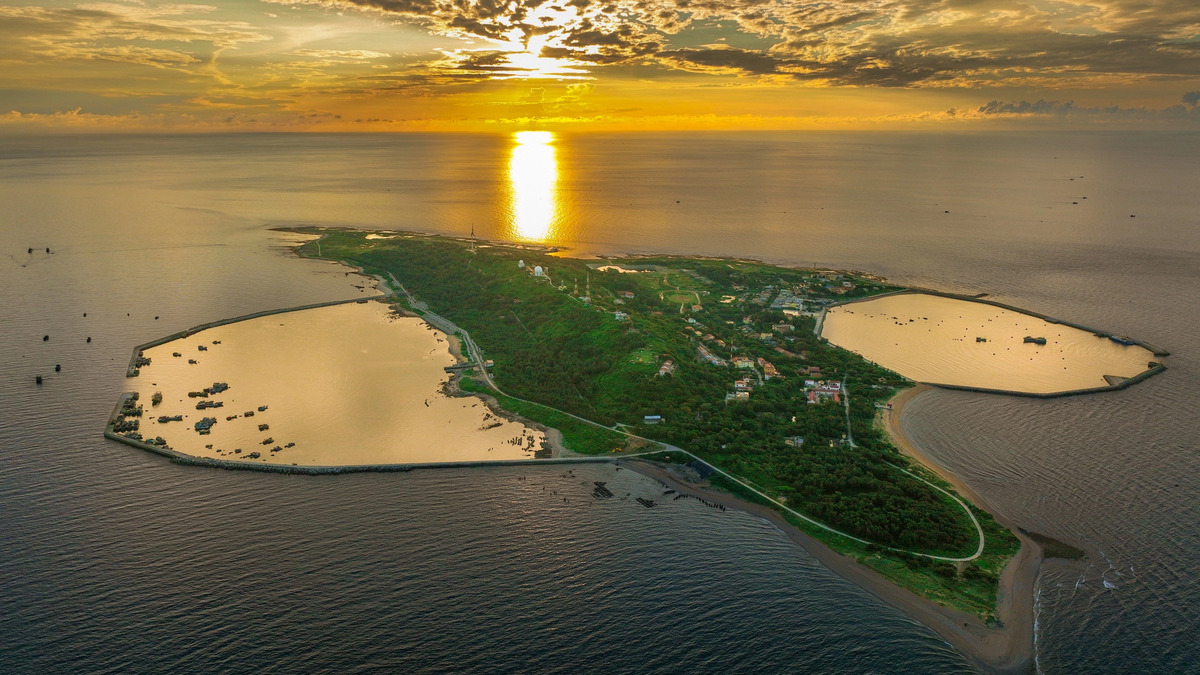
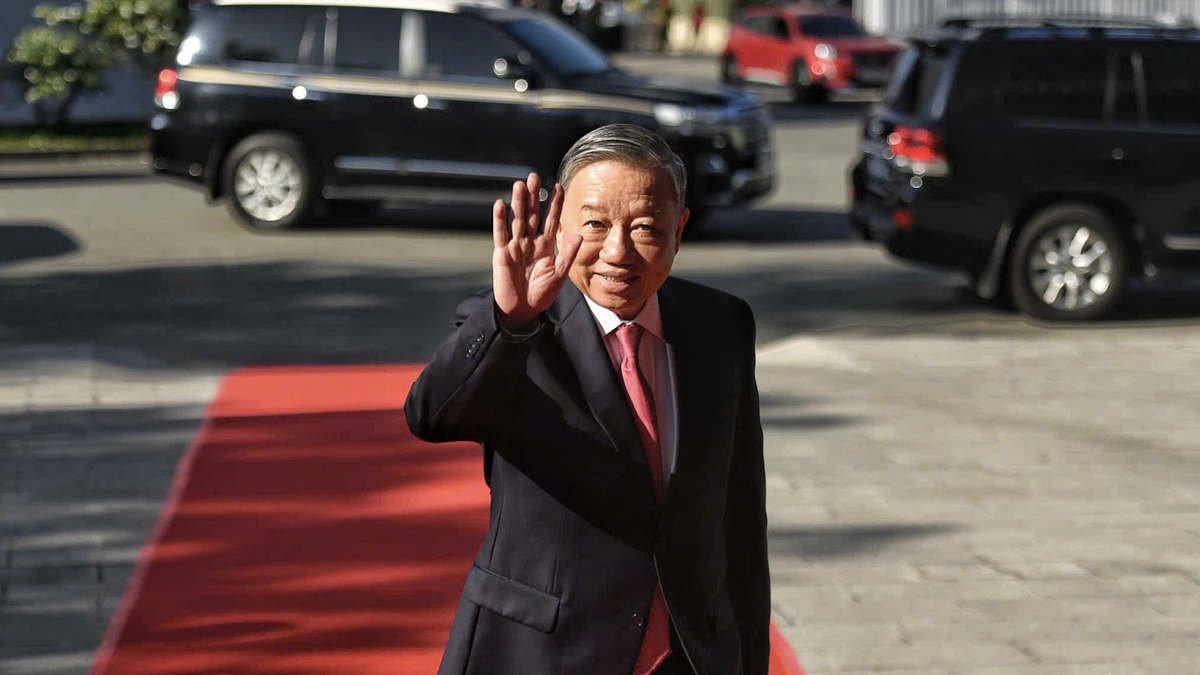
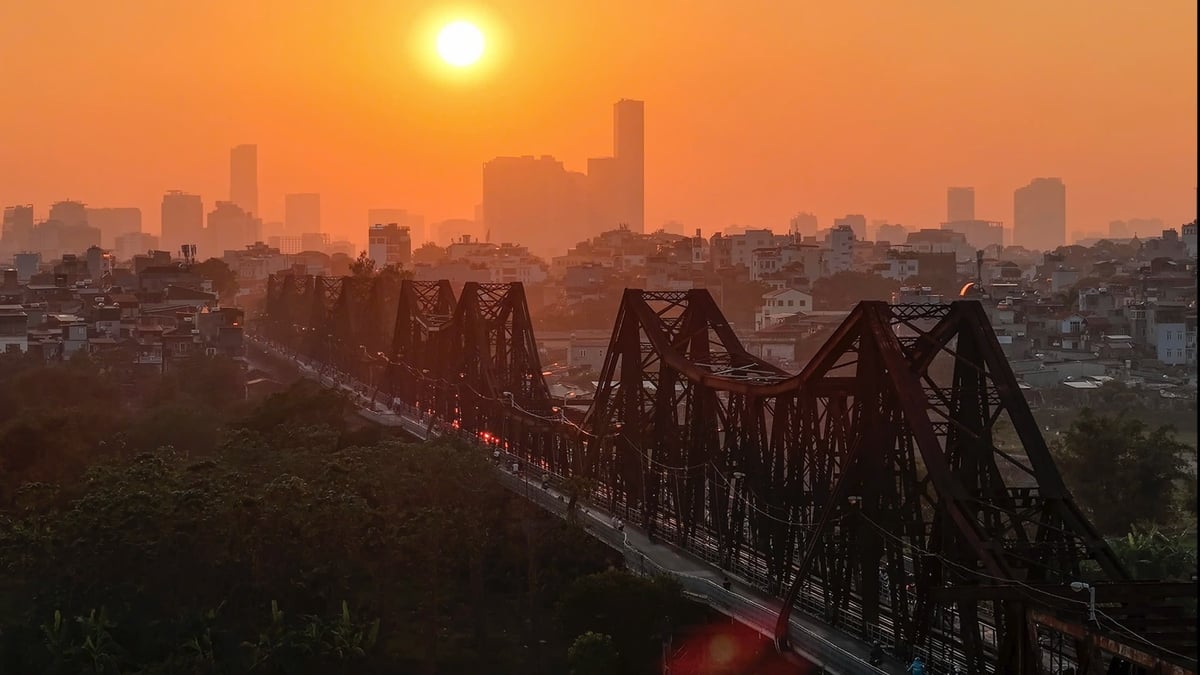
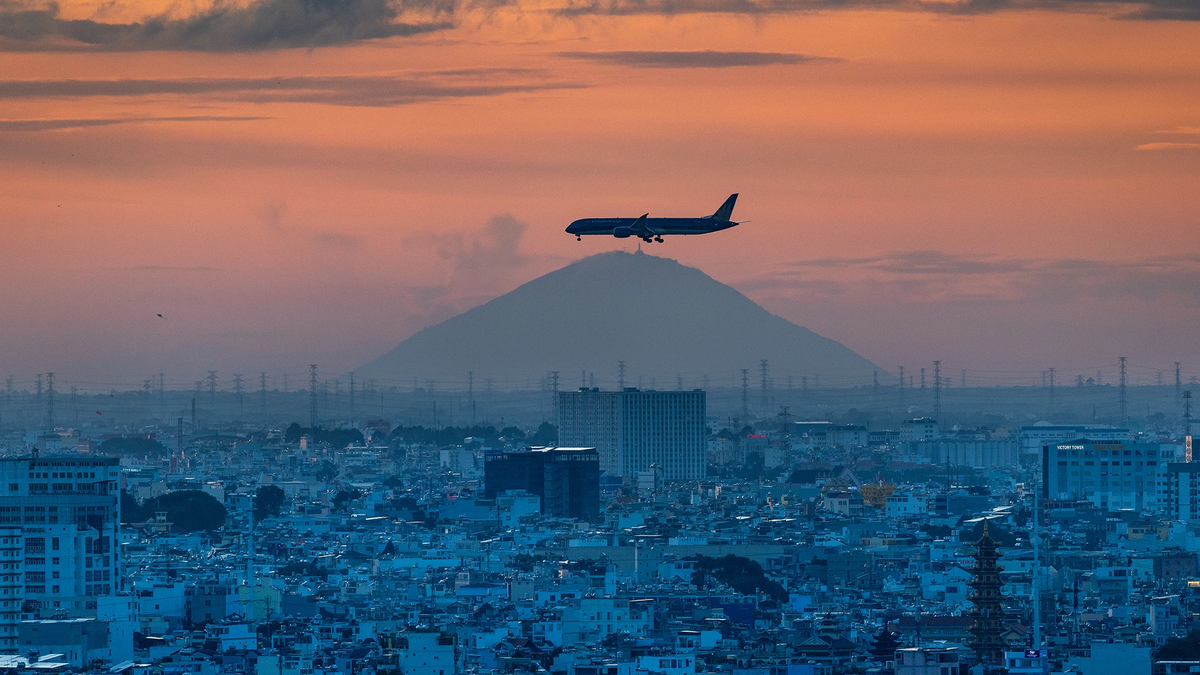
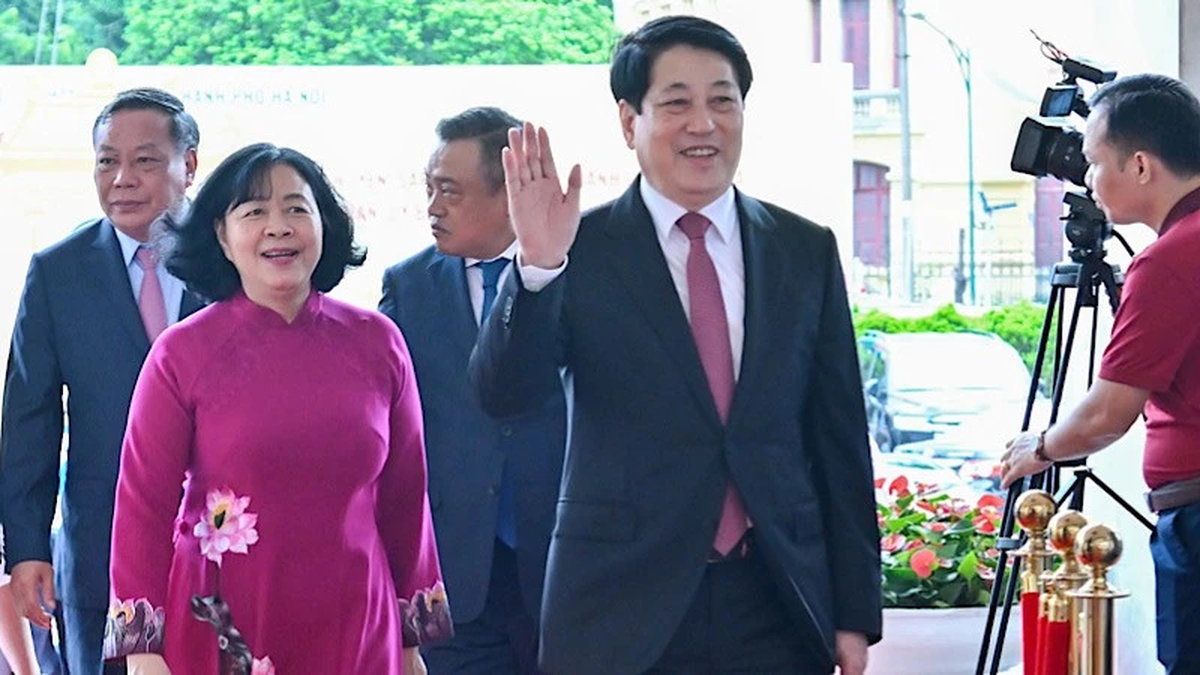

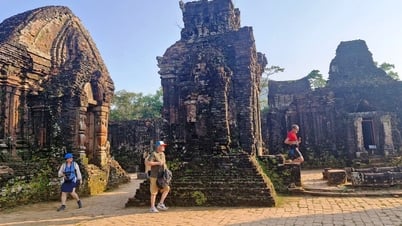

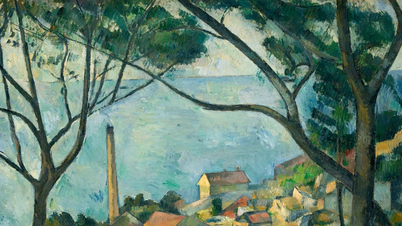

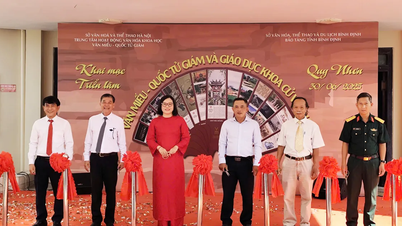

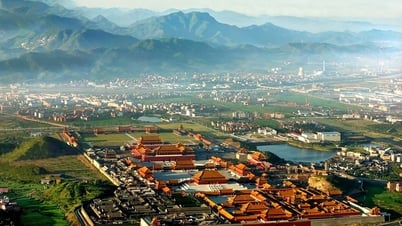



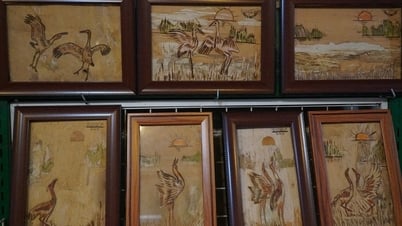




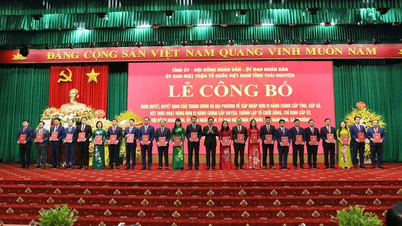
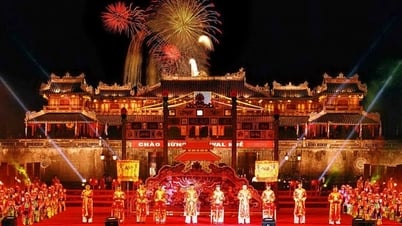
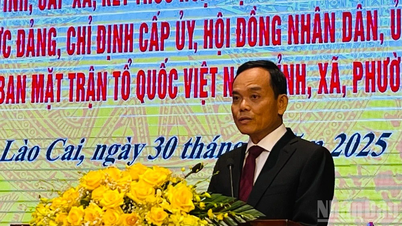
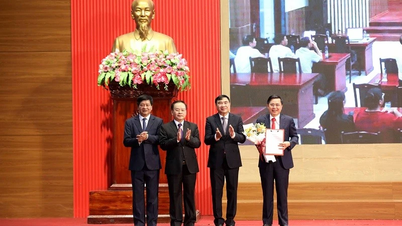
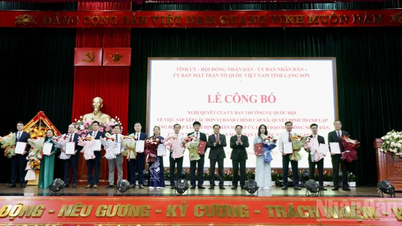

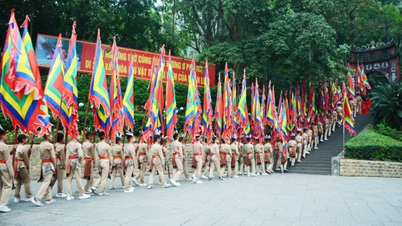






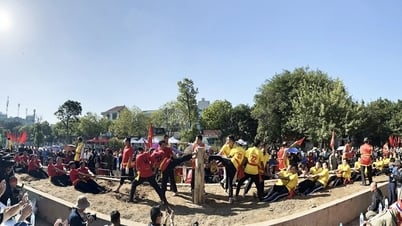
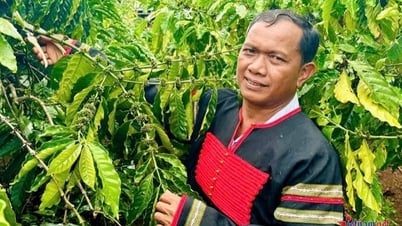

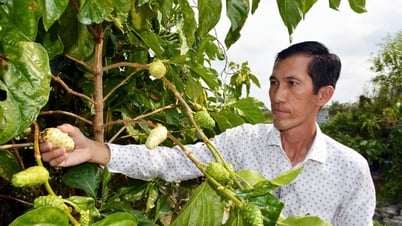







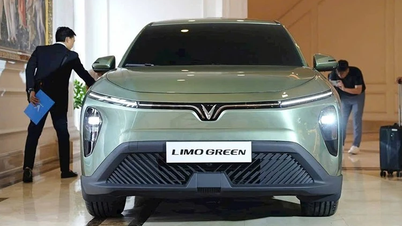



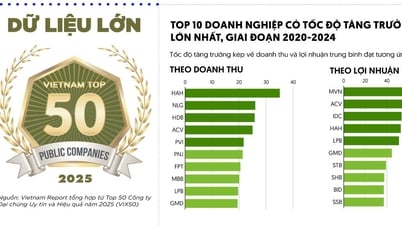


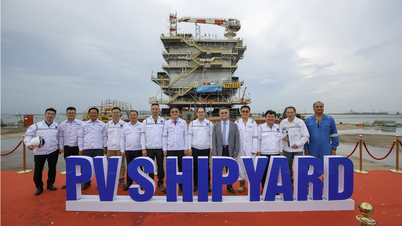
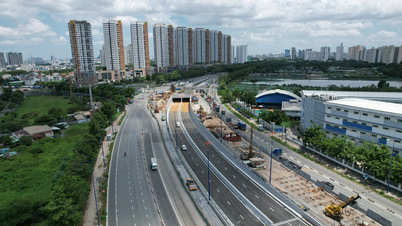
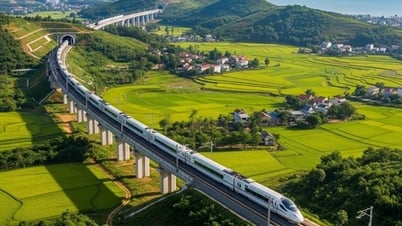






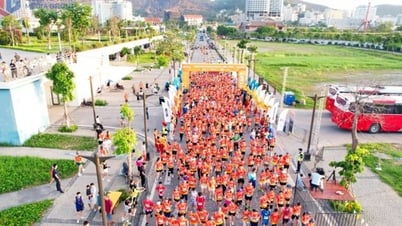



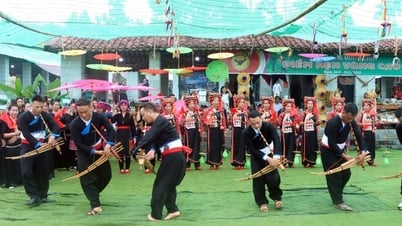
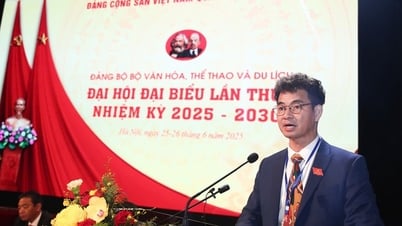
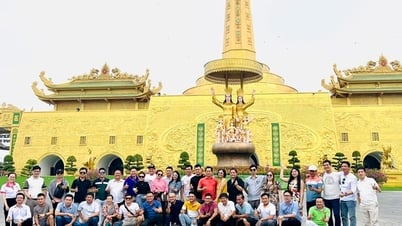
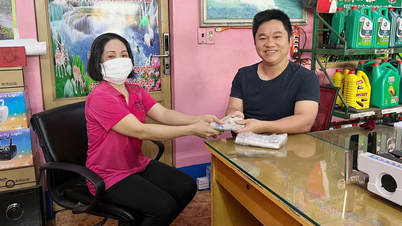

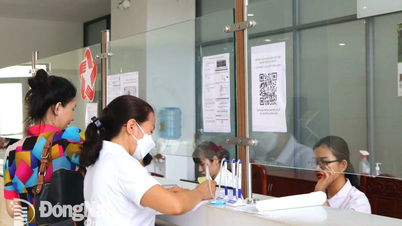


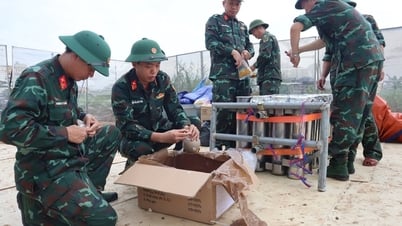

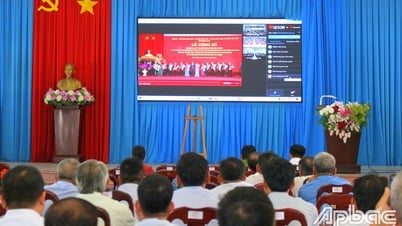















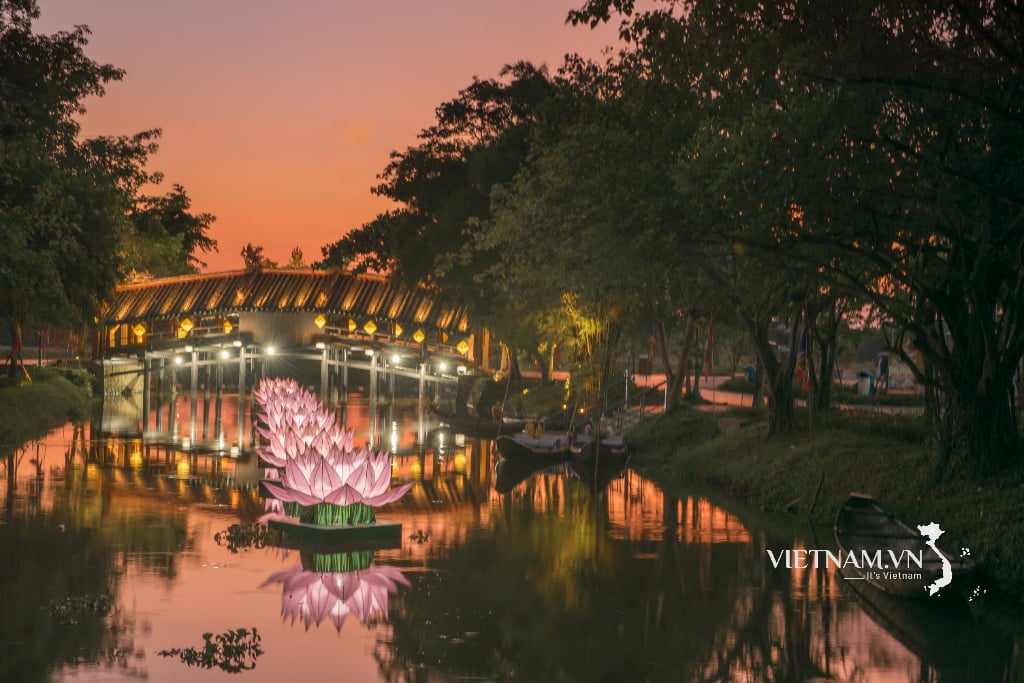

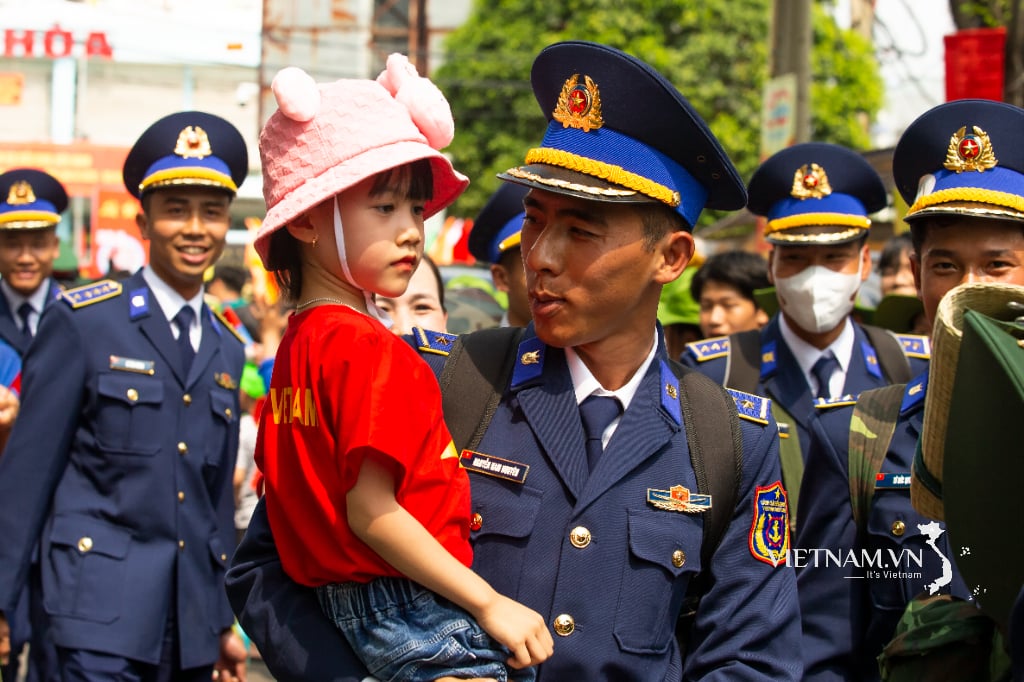
Comment (0)